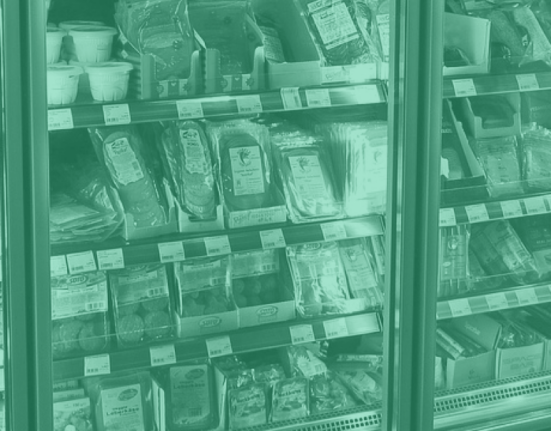Brands and retailers know the importance of information, especially on-the-ground info from their brick-and-mortar locations. That’s why purchase panels and mystery shopping have been the name of the game for retail businesses for decades.
However, the influence of mobile devices on consumer behavior, both in-store and online, has given rise to a whole new world of mystery shopping: mobile crowdsourcing. But will the use of smartphones to collect brick-and-mortar data make mystery shopping better—and easier?
How B&M Data Collection Has Evolved
The strategies brands and retailers have used to collect brick-and-mortar data has evolved over time. Now, there are several methods that one can use to get insights directly from the stores and their shoppers.
Purchase Panels
First is the purchase panel. This is one of the more traditional—and more common—methods to gather data, with several major players in the retail space offering purchase panel data to customers. What is a purchase panel? The panel is a group of consumers who have agreed to supply consumer data over a specific time period. Typically, panel participants share their buying behavior by either scanning their purchases once they arrive home or manually uploading the data to an online platform. Either way, panels often include several thousand consumers of a certain demographic.
Mystery Shopping
Then there is mystery shopping. Mystery shopping was once conducted via paper surveys sent to shoppers, who were then tasked with visiting the stores and completing the questionnaires. Naturally, paper surveys were slow to complete and even slower to mail back to the company. Plus, it was obvious who the mystery shoppers were once walking around stores with pencils and clipboards.

Mobile Mystery Shopping
Finally, there came smartphones and mobile mystery shopping. Mobile devices meant the same paper surveys could be conducted electronically, at a lower cost and with a quicker turnaround time. In addition, mobile mystery shopping was more discreet. It’s much harder to tell a mystery shopper on the ground given how many consumers use their phones in stores regardless. This allowed for more natural, realistic interactions with store associates.
Where is the Value of Mobile Mystery Shopping?
To recap, purchase panels use a preexisting base of consumers to provide data after shopping, while traditional mystery shopping sends consumers into stores with paper surveys, and mobile mystery shopping leverages smartphones to gather consumer data.
It’s easy to see why smartphones have replaced pencil and paper, but is mobile mystery shopping more valuable than panel data? It certainly can be.
Much of the value is gained through the scope of mobile mystery shopping. Panels are often only a few thousand people, and it can be logistically challenging and cost-prohibitive to increase the numbers beyond that. Mobile mystery shopping is conducted via smartphone applications, which increases the pool of potential shoppers to all smartphone users in a region. Mobile mystery shopping survey results often include more consumers than panel data and pull from a larger pool, meaning answers are more varied and representative of buying behavior.
It costs less to launch a survey via a mobile app than it does to deploy a panel or send out paper surveys.
Furthermore, smartphone surveys are also more affordable. It costs less to launch a survey via a mobile app than it does to deploy a panel or send out paper surveys. Data can also be collected quicker once combined with the larger number of participants, also reducing costs.
Perhaps most importantly is the speed of smartphone-enabled shoppers. Once submitted to the application, data can be validated and shared with the brand or retailer. This means near real-time data collection, often the same week. That is huge for businesses that want to know what’s going on in stores right now and can’t afford to wait before supporting their decisions with actionable data.
Make Every Shopper a Mystery Shopper
It’s time for brands and retailers to take advantage of the commonplace of smartphones, especially in the aisles of brick-and-mortar stores.
Consumers are always on their phones, comparing prices, hunting for deals, and benchmarking retailers. They’re ideal mystery shoppers who can discreetly and promptly provide on-the-ground feedback on stores, shelves, displays, and much more. They can get honest and accurate answers from store associates without giving away their mystery shopping ways.
Businesses can excel by turning to mobile mystery shoppers to get comprehensive, timely in-store data that is more cost-effective and scalable than more traditional methods to brick-and-mortar data collection.














